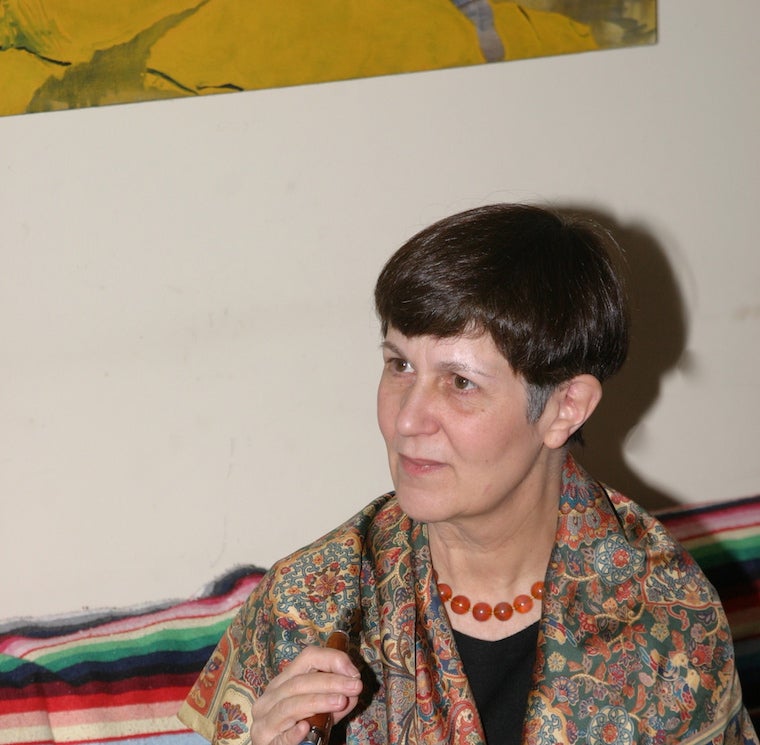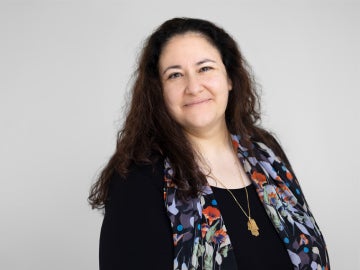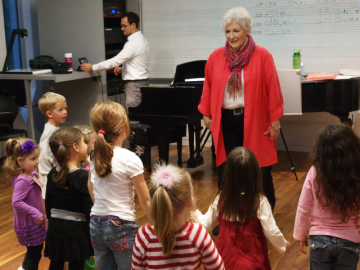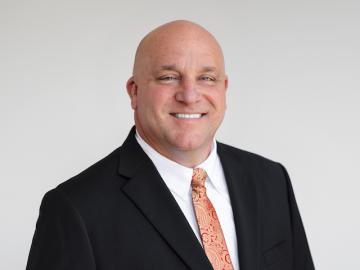Campus News
Nancy Schrom Dye, 13th President of Oberlin College
October 28, 2015
Oberlin College

Photo credit: Griffith Dye
Nancy Schrom Dye, the 13th president of Oberlin College and a historian of modern America, died October 28, 2015, at her home in Lakewood, Ohio, after a lengthy illness. She was 68 years old.
Dye served as Oberlin’s first female president from 1994 to 2007.
As Oberlin’s president, Dye spearheaded wide-ranging initiatives to rejuvenate the college. She led a successful capital campaign that raised $175 million, the largest fundraising effort to that date at Oberlin. She oversaw the construction of a $65 million science center and the Adam Joseph Lewis Center for Environmental Studies, which won numerous prizes for sustainability and design. She also initiated the restoration of the Cass Gilbert-designed Allen Memorial Art Museum.
Devoted to student welfare, Dye worked tirelessly to improve Oberlin admissions and saw significant gains in student selectivity and record numbers of applications. She helped orient the Oberlin experience to be more student-centered, in both the classroom and campus life. She created the Office of Dean of Studies to amplify the college’s advising and academic intervention for students. She built a new residential community with small, homestyle residence halls. She worked tirelessly for the welfare of all underrepresented students, including partnerships with the Posse Foundation and QuestBridge to enhance diversity in admissions. Dye avidly attended student activities—athletic events, concerts, plays, and dance programs.
She loved the give and take of academic life, but rarely got angry or took things personally. She believed in civil discourse and always talked to people who disagreed with her, but she would not let people bully her. Once, when the third person in a week came into her office and threatened to sue her, she told him, “Better take a number.”
She prized her accessibility. She became a familiar figure in the community, steering her dogs through the campus. She was at home in all settings, whether meeting with trustees, chairing faculty meetings, or sitting on the floor with students in residence halls.
Drawing on her experience as a historian and as academic dean at Vassar College from 1988 to 1994, Dye was committed to improving Oberlin’s academic program, long known for excellence. New programs were established in cinema studies and comparative American studies. She expanded the size of the faculty and brought commitment to hiring a diverse faculty. An advocate for concert music, she strengthened the conservatory’s international reputation and supported the expansion of the new jazz program. Rebuilding athletics became a priority. An intrepid traveler with unflagging curiosity, she expanded Oberlin’s historic commitment to international education, particularly in Asia and the Middle East. She was a fervent advocate of free speech and academic inquiry.

In 2004, she became the first American college or university president in more than 25 years to visit Iran. She met with government and university officials, faculty, and students to discuss reestablishing educational exchanges between the two countries. She received an honorary doctorate of letters from Tokyo’s Obirin University in March 2005.
Recognizing the college’s vital role in the community, she established the Bonner Center for Service and Learning, which coordinates and promotes student service projects and civic engagement. She was instrumental in saving the local hospital and established a partnership with the Oberlin City Schools. She initiated a scholarship program that enables qualified graduates of Oberlin High School to attend Oberlin College tuition-free. Her campus dialogue center, recently renamed the Yeworkwha Belachew Center for Dialogue at Oberlin College, promotes conflict resolution through mediation and community building.
After her retirement from Oberlin, her commitment to international education led her to become the first vice chancellor for the Asian University of Women in Bangladesh. From 2009 to 2011 she served as vice provost of the United Arab Emirates University, where she established a residential college for women.
Dye graduated from Vassar College in 1969. She earned a MA and PhD in history at the University of Wisconsin, Madison. Her historical research focused on American women and American workers. She wrote two books, As Equals and As Sisters: Feminism, Trade Unionism, and the New York Women’s Trade Union League, and, with Noralee Frankel, Gender, Race, and Class in the Progressive Era. She also authored numerous articles for such publications as Journal of American History, Feminist Studies, Signs: Journal of Women in Culture and Society, New York Times Book Review, and Washington Post Book World.
She began her academic career at the University of Kentucky, where she became a professor of history and an associate dean of the College of Arts and Sciences. She moved to Vassar College in 1988 as academic dean and chief academic officer.
Dye was born in Columbia, Missouri, of academic parents. Her father, Ned Stuart Schrom, served as dean of students at Montclair State University and SUNY New Paltz. Her mother, Florence Elizabeth Ahrens, was for many years assistant to the dean of the New York University Law School.
President Dye is survived by her husband, Dr. Griffith Dye; their two children, Molly, of Lakewood, and Michael, of Evanston, Illinois; two granddaughters, Kennedy and Madeline; and her brother, Michael Schrom, of New York.
In lieu of flowers, contributions may be made to the Nancy S. Dye Scholarship Fund at Oberlin College. Please read the reflections from President Krislov.
You may also like…
Remembering Former Visiting Assistant Professor Leila Ben-Nasr
Leila Ben-Nasr, a former visiting assistant professor of comparative American studies, died on November 28, 2025.
Oberlin Community Remembers a Beloved Retired Professor
A member of Oberlin faculty for 13 years, Peggy Bennett was known by students and the Oberlin community for creating and leading MusicPlay, a preschool classroom and learning lab run as part of the...
Eric Rooks Named Director of Campus Safety at Oberlin
Longtime public servant emphasizes collaborative partnerships and kindness.


